Ather Energy Expands Bengaluru R&D And Testing Facility
- By MT Bureau
- February 27, 2025
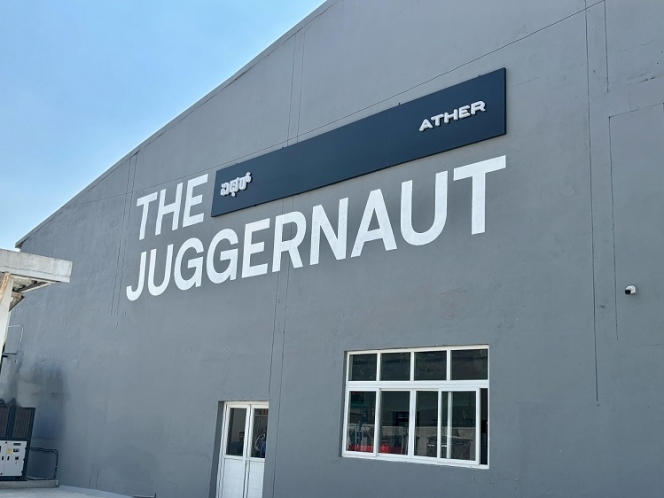
Bengaluru-headquartered electric two-wheeler maker Ather Energy has expanded its R&D and testing capabilities at its Product Testing & Validation Centre – The Juggernaut – in Begur, Bengaluru.
The facility spread across 38,692 sqft, will allow the EV maker to validate durability and safety across vehicle, system and component levels, including on-road endurance. It features dedicated labs for structural durability, battery testing, electrical & electronics reliability and vehicle environment testing.
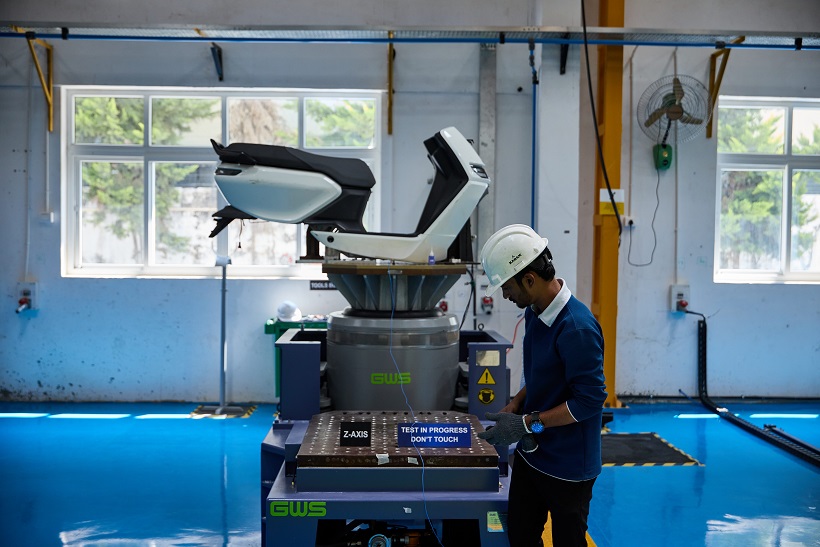
At present, Ather has three R&D facilities in Bengaluru, Karnataka. As of December 2024, Ather Energy said it invested INR 2,388 million or 15 percent of its revenue from operations for R&D. Moreover, 46 percent of its workforce is dedicated towards R&D, which involves design, development and testing of electric two-wheeler products, software for scooters, charging infrastructure and accessories. It currently sells the Ather 450 lineup and the Rizta catering to various customer needs.
The new expansion houses a 4 DOF Road Simulator/MTS 334 road load simulator, for targeted testing of systems like suspension frames, enabling early bug detection, faster design optimisation and lower change costs. The MTS 334 road load simulator can replicate real-world two-wheeler riding conditions, compressing a 100,000 km endurance test into just 15 days, which otherwise the company claims would take about 10 years to cover on road.
Using multi-stress factor testing and a feedback loop from field data to test cases, Ather Energy aims to continuously refine its validation processes to improve real-world performance. The data-driven tests not only improves accuracy, but also enables engineers to predict and address potential failure points before they reach customers. In addition, it also conducts battery validation tests including thermal performance test, water wading test, drop test and vibration and thermal cycling to tune the battery for performance and safety.
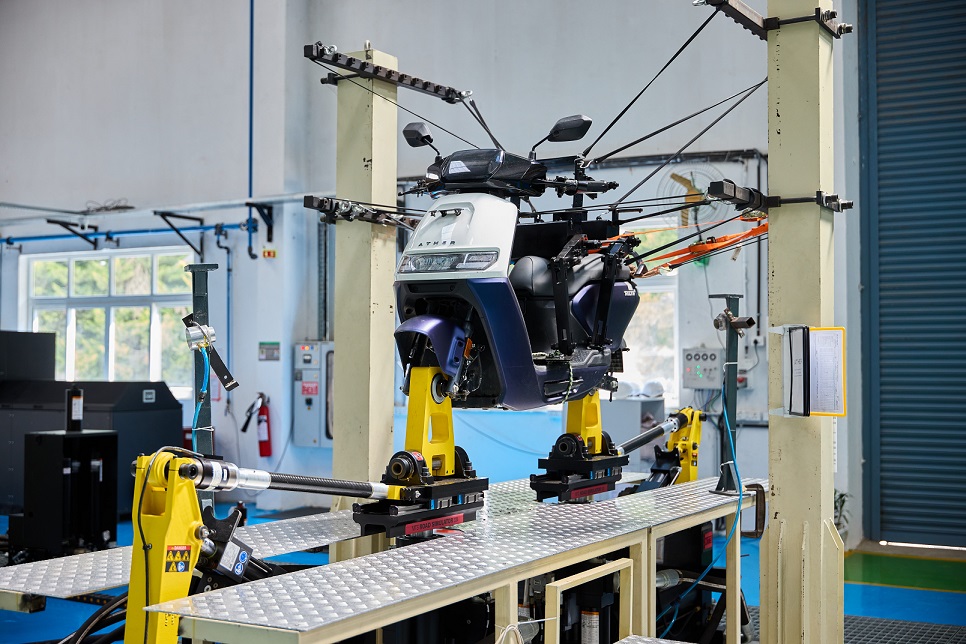
Swapnil Jain, Co-founder & CTO, Ather Energy, said, “EVs are radically different from ICE vehicles and are a relatively new technology, so it is important to thoroughly test all the components of the vehicle. At Ather, we have made significant investments in R&D over the years and have developed processes & standards for testing to deliver quality products. Our products go through rigorous tests that are designed around Indian riding conditions and extreme usage scenarios, reflecting how customers use our scooters. With the expansion of The Juggernaut, we are scaling up our testing capacity & capabilities, enabling us to accelerate innovation and product development, while maintaining our focus on performance, quality and reliability.”
The company currently has two manufacturing plants in Hosur, Tamil Nadu, one each for vehicle assembly and battery manufacturing and an upcoming third manufacturing facility in Bidkin, AURIC, Chhatrapati Sambhaji Nagar, Maharashtra.
Taiwan’s XING Mobility To Showcase Immersion-Cooled EV Solutions At CES 2026
- By MT Bureau
- December 26, 2025
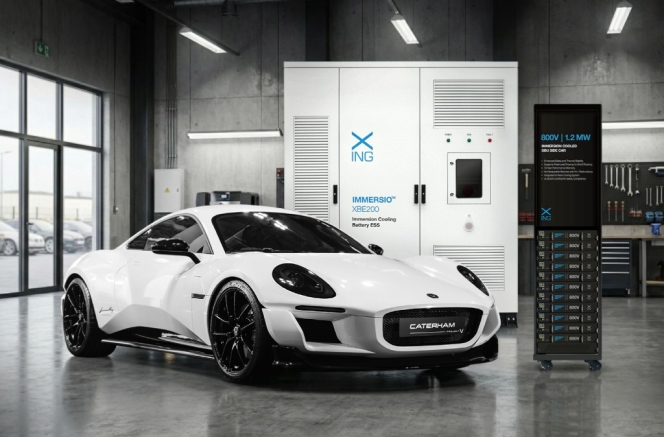
Taiwan-based XING Mobility has announced it will showcase its immersion-cooled battery technology across three sectors – Electric Vehicles (EV), Energy Storage Systems (ESS) and AI data centres – at CES 2026.
XING Mobility’s technology is featured in Project V, an all-electric sports car from the British brand Caterham. The vehicle uses module-free, cell-to-pack (CTP) immersion cooling to manage thermal loads while maintaining a lightweight profile. A production prototype is scheduled for a global debut at the Tokyo Auto Salon 2026.
Royce YC Hong, Founder and CEO, XING Mobility, said, "When we began building these solutions, the world had not yet fully recognised the problems ahead. As voltage levels and power density continue to rise, the challenge is no longer just about cooled batteries, it is about solving safety, efficiency and system architecture together. XING Mobility’s immersion cooling enables every critical component of the battery system to operate within the same controlled environment, with thermal management fully integrated into the system design. At CES 2026, what we are presenting is a high-voltage power platform centred on ultra-high safety and ultra-high efficiency, capable of simultaneously supporting EV, ESS and AI data centre BBU.”
HMC E-Valley And KPIT Technologies Partner For Micromobility Centre Of Excellence
- By MT Bureau
- December 24, 2025
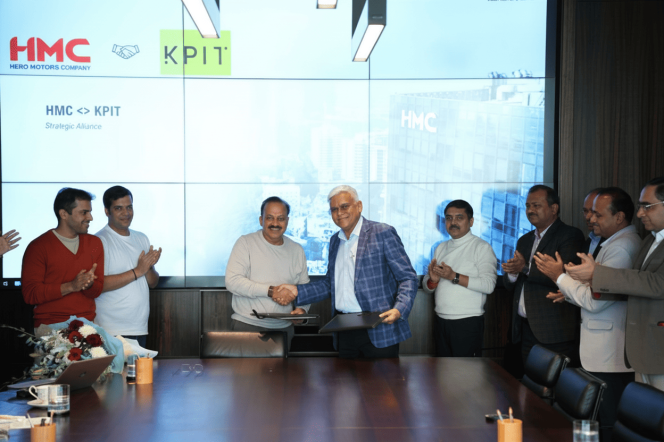
HMC E-Valley (HIVE) and KPIT Technologies have signed a Memorandum of Understanding (MoU) to establish an Independent Centre of Excellence (CoE) in Delhi-NCR. The facility will provide design and engineering services for global micromobility and L-category electric vehicle (LEV) manufacturers, including those producing e-bicycles.
The partnership targets the multimodal mobility market, specifically first-mile and last-mile connectivity solutions such as e-scooters. Industry data indicates that over 50 percent of current travel occurs within these last-mile segments.
The collaboration combines manufacturing and software expertise to develop LEV platforms.
As per the understanding, HIVE will manage business development, client engagement, prototyping and manufacturing enablement. While KPIT will lead solutioning, engineering delivery, programme management, design and software systems integration.
The CoE is designed to create end-to-end capabilities for the LEV segment, utilising KPIT’s mobility technology and HIVE’s manufacturing and supply chain infrastructure.
Pankaj M Munjal, Chairman, Hero Motors Company, said, “The light electric vehicle industry is at a pivotal juncture, demanding a fusion of cutting-edge hardware and smart software. This partnership with KPIT is a powerful convergence of those forces, signifying HIVE’s deep commitment to redefining urban mobility by delivering the next generation of high-quality, sustainable micromobility solutions globally.”
Kishor Patil, CEO & Managing Director, KPIT Technologies, said, “The future of mobility, even at the micromobility level, is defined by intelligent software and seamless systems integration. KPIT’s deep domain expertise in mobility technology will be crucial in equipping the Center of Excellence to develop world-class, cost-effective, and safe LEV platforms. We are excited to combine our software leadership with HIVE’s manufacturing excellence to accelerate the journey toward safer, smarter, and cleaner transportation.”
The agreement aims to accelerate the development of LEV solutions for the global market by integrating AI-driven mobility software with scalable manufacturing.
- ZF Group
- Samsung Electronics
- ADAS
- Harman International
- Christian Sobottka
- Mathias Miedreich
- Young Sohn
Harman To Acquire ZF Group’s ADAS Business For EUR 1.5 Billion
- By MT Bureau
- December 23, 2025
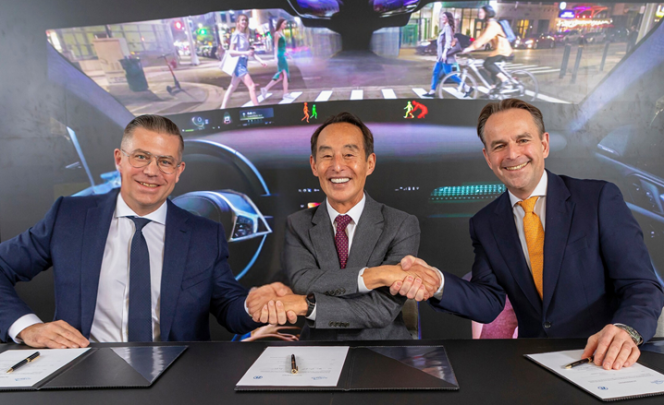
Harman International, a subsidiary of Samsung Electronics, has entered into a definitive agreement to acquire the Advanced Driver Assistance Systems (ADAS) business from ZF Group for EUR 1.5 billion.
The acquisition includes ZF's automotive compute solutions, cameras, radars and ADAS software. Approximately 3,750 employees across Europe, the Americas and Asia are expected to transfer to Harman upon completion of the deal, which is scheduled for the second half of 2026.
The move is part of Harman’s strategy to transition towards software-defined vehicles (SDV). By combining ZF’s ADAS technology with its own digital cockpit products, Harman aims to develop centralised compute platforms. This architecture is intended to link safety and assisted driving functions with in-vehicle connectivity and intelligence on a shared platform.
The integration is designed to reduce system complexity for car manufacturers (OEMs), allowing for more efficient innovation cycles and the scaling of context-aware vehicle experiences.
Christian Sobottka, CEO and President, Harman’s Automotive Division, said, “The industry is at an inflection point where safety, intelligence, and in-cabin experience must come together through a unified computing architecture. With this agreement, we take a strategic step to expand our portfolio with complementary ADAS capabilities that unlock a new class of cross-domain experiences ranging from perception-informed audio cues to more personalized, situation-aware driving. Combined with Harman’s long-standing automotive expertise and supported by Samsung’s broader technology leadership, this positions us to help OEMs design the next generation of intelligent, empathetic, and connected vehicles.”
Mathias Miedreich, CEO, ZF Group, said, “With Harman, we have found the ideal partner to fully unlock the growth and innovation potential of our ADAS business. At the same time, this deal makes an important contribution to reducing our company’s debt and allows us to focus our resources on the core technologies in which ZF is a global leader.”
Young Sohn, Chairman of the Board at Harman, added, “Since acquiring Harman in 2017, the company has scaled its automotive and audio business from USD 7 billion to more than USD 11 billion today. Adding ZF’s ADAS capabilities builds on that momentum. Harman will further expand its technology foundation to deliver safer, more intelligent, and more intuitive in-vehicle experiences. This acquisition reinforces Harman’s leadership in the industry’s transformation and underscores Samsung’s long term commitment to the future of mobility.”
Following the close of the transaction, Harman will align its engineering and ADAS teams to accelerate the development of next-generation platforms. The companies have committed to maintaining support for existing programmes during the transition period. Carolin Reichert, Chief Strategy Officer of HARMAN, noted that the deal represents a ‘major milestone’ and demonstrated the company's ability to execute a ‘complex carve-out.’
Pioneer To Reveal 'Ride Connect' Motorcycle UX At CES 2026
- By MT Bureau
- December 23, 2025
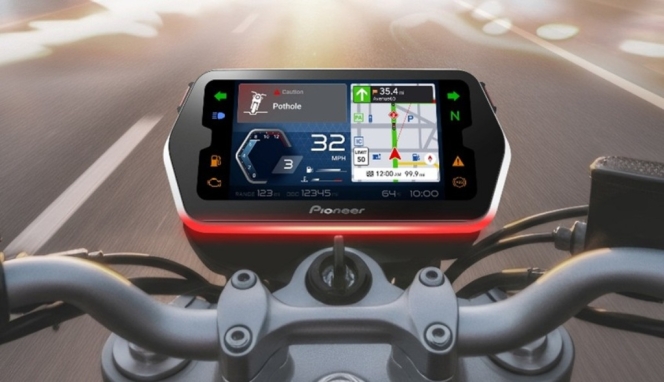
Pioneer Corporation has announced it will unveil Pioneer Ride Connect, a user experience (UX) solution for motorcycles, at CES 2026 in Las Vegas. The system is designed for the production of connected clusters and relies on software updates to provide features to riders.
The solution is the result of a technology collaboration with HERE Technologies. It integrates the HERE SDK, a cloud-based mapping and navigation kit covering more than 120 countries, to provide location-based services for the global two-wheeler market.
Pioneer Ride Connect incorporates several technologies intended to manage hardware costs and smartphone battery life:
- BLE-based Screen Projection: The system uses Bluetooth Low Energy (BLE) to project map images and service information from a smartphone onto the onboard cluster. This method reduces the processing power required by the motorcycle's hardware and lowers smartphone power consumption.
- HMI and AI Integration: The platform features Voice Tap, a voice-based Human-Machine Interface (HMI) for hands-free operation. Edge AI is used to share real-time traffic, weather and hazard data.
- Global Navigation: Through the HERE SDK integration, the system provides routing and traffic information optimised for motorcycles. It includes an offline mode for use in areas with limited network connectivity.
The development follows a partnership between Pioneer and HERE Technologies established in December 2024. The HERE SDK allows for the development of location-aware applications featuring routing and geocoding services across Android, iOS and Flutter platforms.
Pioneer stated that the integration of these technologies serves as a foundation for providing connected services to two-wheeler manufacturers and riders globally.
Seiji Tanezawa, Executive Officer of Pioneer, in charge of business development and strategic alliances, said, “Pioneer Ride Connect is a revolutionary platform that continuously provides software-based upgrades to motorcycles’ UX. By combining Pioneer’s industry-leading expertise in designing a compelling UX with HERE Technologies’ globally accessible Location Intelligence platform, Pioneer Ride Connect transforms the concept of smarter and safer connected two-wheelers into a tangible reality. I’m delighted to unveil our leading-edge technology and ambitious vision at the upcoming CES 2026.”
Deon Newman, Senior Vice-President & General Manager, Asia Pacific, HERE Technologies, said, "Pioneer’s ‘Ride Connect’ brings a smarter, safer motorcycle experience to life - and we’re proud to power it with HERE SDK. Together, we’re making connected services accessible to riders across global markets, with reliable navigation and motorcycle‑optimised routing that work in dense cities to remote mountain roads. It's a meaningful step forward for connected mobility.”






Comments (0)
ADD COMMENT